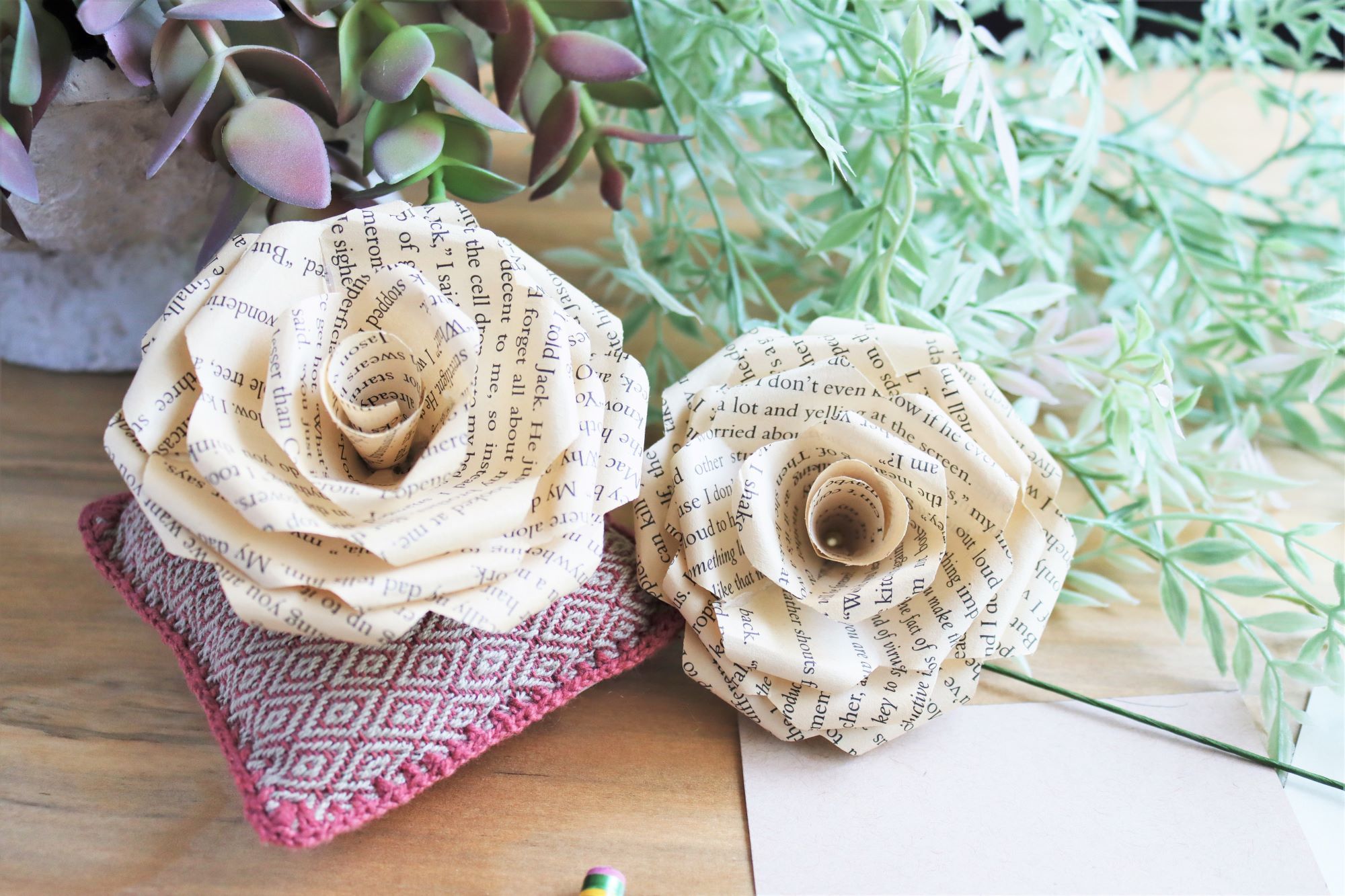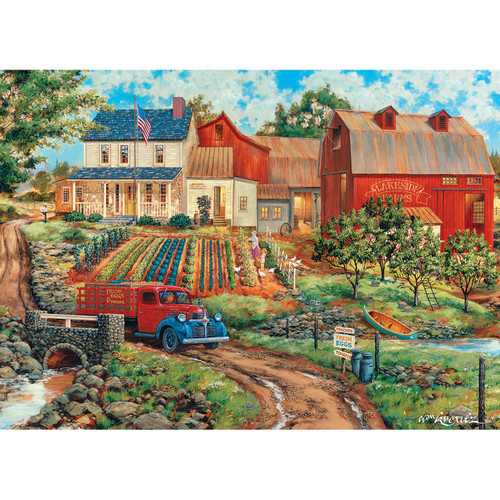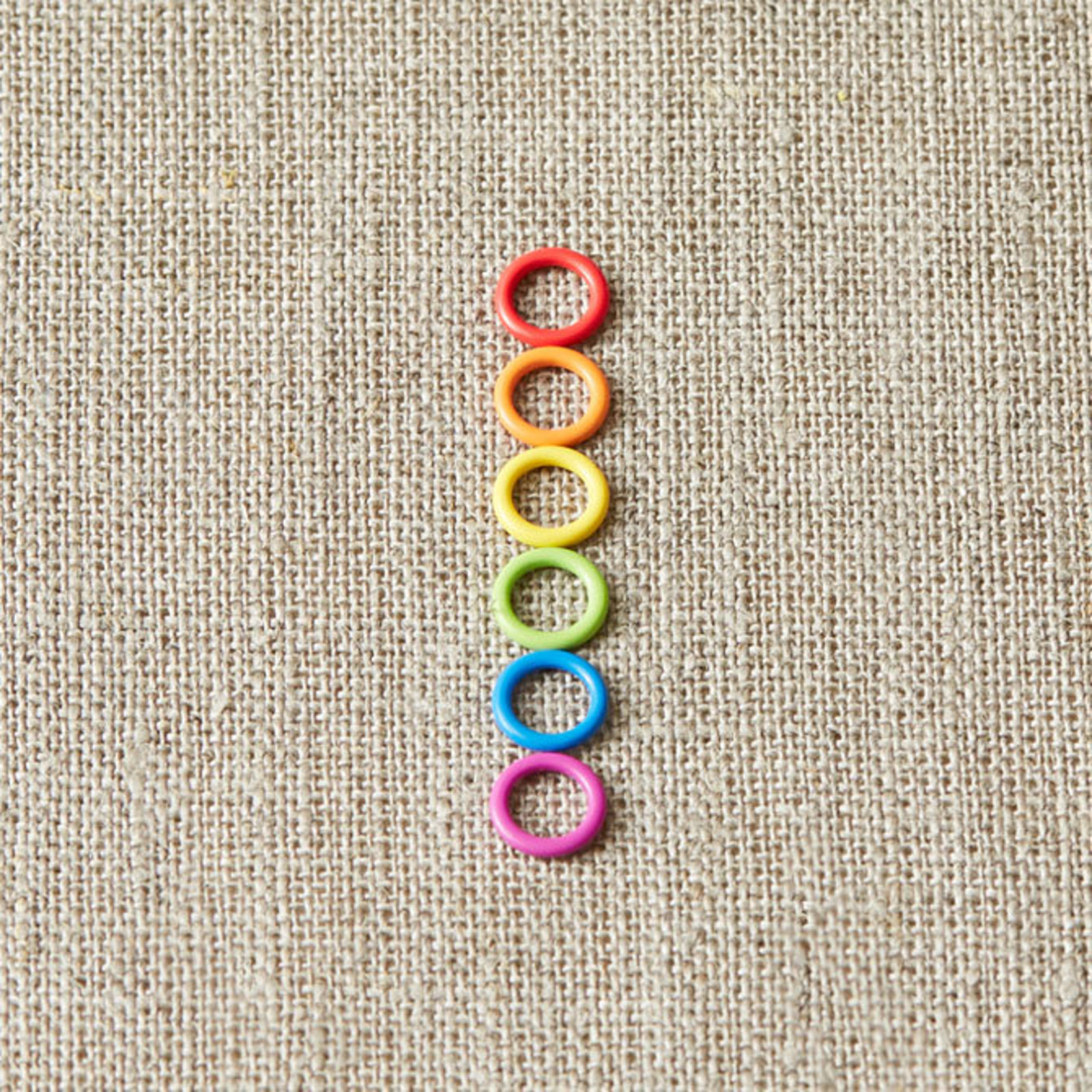
Fat quarters, which are smaller pieces of fabric cut in half, are used to accent quilts and other garments. You can also use them for pillow cases and small home decor projects. These pieces are extremely flexible and simple to fold. Fat quarters can be used to create a variety of patterns, whether you're sewing for your home or for special occasions.
Fabric that can be cut in half
Fat quarters can be small pieces of fabric that you can use for a variety sewing projects. They are often discounted, and are a good way to save money. You only need a quarter of an acre of fabric to make many quilt patterns. To make a wide range of home decorations and hats, you can use fat quarters.
Many fabric companies offer fat quarters packs, which are pre-cut pieces of fabric. These bundles can be used to make quilts and other sewing projects. A single fat quarter will usually provide enough fabric to make a top or bottom for a full-sized quilt.
Quilting unit of measure
Fat quarters, a common measurement for quilting fabric, are used. Each fatquarter is equal to one quarter yard. This makes them an ideal size for a variety projects. Fat quarters are longer than skinny quarters and slightly wider than fat quarters. To make many different projects, you can purchase fat quarters in various widths and lengths.

Fat quarters are the most popular type of quilting fabric. Most quilters use a quarter-inch seam allowance for their quilts. This seam allowance is used to ensure that the pieces align properly during quilting. Pressing seam allowances is a great idea to prevent them becoming caught in seams or creating extra bulk.
Flexible
Fat quarters can be used to make versatile fabric. They are available in various shapes and colours, and are especially popular among quilters. You can use them to make a variety quilt projects. If you want more fabric, you can purchase a fat quarter bundle. You can find a wide variety of colours and patterns in a fat quarter pack, including stripes, checks, florals, and more.
Fat Quarters are available in many sizes. They are usually used in a rectangular shape, but they can also be cut into more complicated shapes. A fat quarter can either be cut into twelve five-inch squares or three rows in four squares. These can also be used to create larger blocks and allow for more flexibility.
Simple to fold
To make your own quilt, you don't necessarily need to be a pro at folding fatquarters. To get you started, here are three steps: Start by folding the right side of your fat quarter down. Fold the lengthwise edge to the right. Then, fold the bottom half upwards. You want the bottom to reach 60 degrees.
First, cut each fatquarter to the same width that your fabric. The width should be about 44"-45" so that you will end up with four fat quarters. The width of the cut should not exceed nine inches by the length of eighteen.

For patchwork
Quilters love the fat quarter, which is a precut piece of fabric. These little pieces can be used to make patchwork or build up your fabric stash. Fat quarters can come in a variety of prints and color values. Whether you're looking for a traditional floral design or a geometric print, fat quarters are a great option for patchwork.
Many quilting shops offer fat quarters. You can find them ready-to-use in most shops. If you need a quick grab, there are many options.
FAQ
How do I find a hobby to pursue?
You might feel as though you don't have a choice when you first start your quest for a hobby.
You might be thinking "I'm not very creative" or "I am terrible at sports" or even "I don’t know anything”.
You probably have plenty of experience and knowledge to use when you are looking for hobbies.
It's simply that you haven’t yet realized it.
Take a look around your house. How much stuff are you able to store?
Do you still have toys?
Maybe you have a collection of books or magazines.
Perhaps cooking has been something you've wanted to do all your life.
Or perhaps you would just like to learn how to play the guitar again.
Whatever it may be, you can likely turn it into something.
The key is to realize that you already have plenty of experiences to draw upon.
You'll find a hobby that fits your lifestyle once you do.
What are your competitive hobbies?
Running, swimming, cycling and tennis are all competitive sports.
They're usually played by people who enjoy physical activity but also provide an opportunity for social interaction.
You will probably find people around you who have the same hobby as you, if you are into physical activity.
You might consider joining a group or club that meets regularly to play together in sports.
You might also choose to participate in team games involving playing alongside others.
These include football (soccer), cricket, rugby, netball, basketball, hockey, baseball, volleyball, badminton, squash, handball, and table tennis.
There are many types of competition.
Some competitions are organized for purely recreational purposes.
Others are meant to test competitors' skills.
Some are even designed to reward outstanding performance.
These cases result in prizes for the winners.
Other competitions aim to assess the strength and endurance of competitors.
These are called endurance events.
For example, marathon races, triathlons, Ironman Triathlon, etc.
Before competing in these events, athletes train hard.
They will be required to follow a rigorous training program in order to prepare mentally and physically.
They may also need to spend some time away from home during preparation.
It is important to remember, not all athletes will compete in every type and event.
What is a hobby for kids?
Any activity that kids enjoy as a hobby is something they do outside of the normal routine. They might like to draw pictures, build things, paint, write stories, play with toys, read books, watch TV, listen to music, play computer games, ride bikes, skateboard, swim, climb trees, run around outside, play football, basketball, volleyball, rugby, cricket, baseball, soccer, hockey, dodgeball, rounders, tag, hide and seek, hopscotch, marbles, jump rope, hopscotch and many others.
Many parents worry that their children will get into trouble if they're allowed to do whatever they want. It is not true. Your child won't get in trouble if they are safe and don't do any harm to anyone.
It's important to remember that just because they like to do something doesn't mean that they'll always choose to do it. If they are passionate about drawing but hate writing, they might choose to draw pictures over writing.
There are many types of hobbies. It's up to you to choose one that you really enjoy.
What does it cost to have a hobby?
Hobby costs nothing except time. It can take many years to accomplish what you desire if you are serious about it.
However, there is something that can help. It's called 'passion.' If you have passion for whatever it is you do, you will find it easier to put in the hours required to make progress.
Once you put in the hours, you might find yourself addicted to the activity. Here is the fun part! You are now doing something that you love and getting better every day. This will mean that you will have likely made significant improvements by the end.
It doesn't matter how long it takes. Just go ahead and try. You may be surprised.
Statistics
- Studies show that just six minutes of reading can reduce stress levels by 60 percent. (oberlo.com)
- In comparison, men in the “no humor” condition were refused 84.6% of the time and were only accepted 15.4% of the time. (time.com)
- I am 100% biologically a woman (discover.hubpages.com)
- 37% Video Games 36% Travel 36% Health and Fitness (quizexpo.com)
- Much of this decline reflects the fact that teens are less likely to work today than in the past; among employed teens, the amount of time spent working is not much different now than it was around 2005. (pewresearch.org)
External Links
How To
How to Start Gardening
Gardening is one among the oldest forms. It requires patience, persistence and determination. First, choose a place where you would like to grow food. This could be a large plot of land or even just a small area in your backyard. Next, pick the type of plants that you would like. Do you prefer flowers or vegetables? Some people enjoy growing herbs and others prefer raising livestock like rabbits. Before you decide which crops you will plant, consider the amount of space you have. If you live somewhere that has cold winters, it might be a good idea to grow berries or fruits.
After you have decided what you want to plant, it is important that you prepare the soil. Soil is essential in determining whether your plants will thrive or fail. The soil should be rich in organic matter to provide nutrients for your plants' roots. Organic matter includes leaves, twigs (grass clippings), manure, compost, and manure. Once your soil is prepared, it's time to add nutrients. The type of plant you intend to grow will dictate the amount of nutrients you need. You can calculate these values online with a fertilizer calculator. There are many fertilizers available so be sure to know what you are purchasing.
After you have prepared your soil, and added the correct nutrients, you will need to wait until your seed germinates. The process takes between 2 weeks and 3 months depending upon the climate in your area. Once your seeds have sprouted, you need to water them regularly. Too much or too little water can cause problems. Make sure to give your plants water at regular times and not overwater. Overwatering could lead to root rot as well as fungal diseases. Remember that plants need less water in the summer than they do in the winter. Keep in mind that certain plants may need to be dried after being watered. For example, tomatoes need to stay slightly moist but not wet. They don't like to sit in soggy soil. After the flowers have stopped, they must go into dormancy. Plants go dormant when they stop producing new growth and instead store energy for next year's harvest. Dormancy means that the plant stops communicating with its roots about producing food. During this period, plants continue to store energy. The plant will eventually die if it is not given enough sunlight or temperatures below freezing.
Urban areas can limit your choices for plants. Concrete sidewalks, roads or parking lots can block sunlight from reaching urban areas. Concrete absorbs sunlight, which prevents the soil beneath from getting enough sun exposure. Many plants are unable to survive in urban areas due to the lack of sunlight. There are many plants that can survive in urban environments. Many trees, shrubs, perennials, and other plants can adapt to urban life. In addition, many annuals can be grown indoors in containers. Container gardens allow you to bring fresh greenery into your home year-round regardless of the weather outside.
You're now ready to plant after you have chosen where and what to grow in your garden.